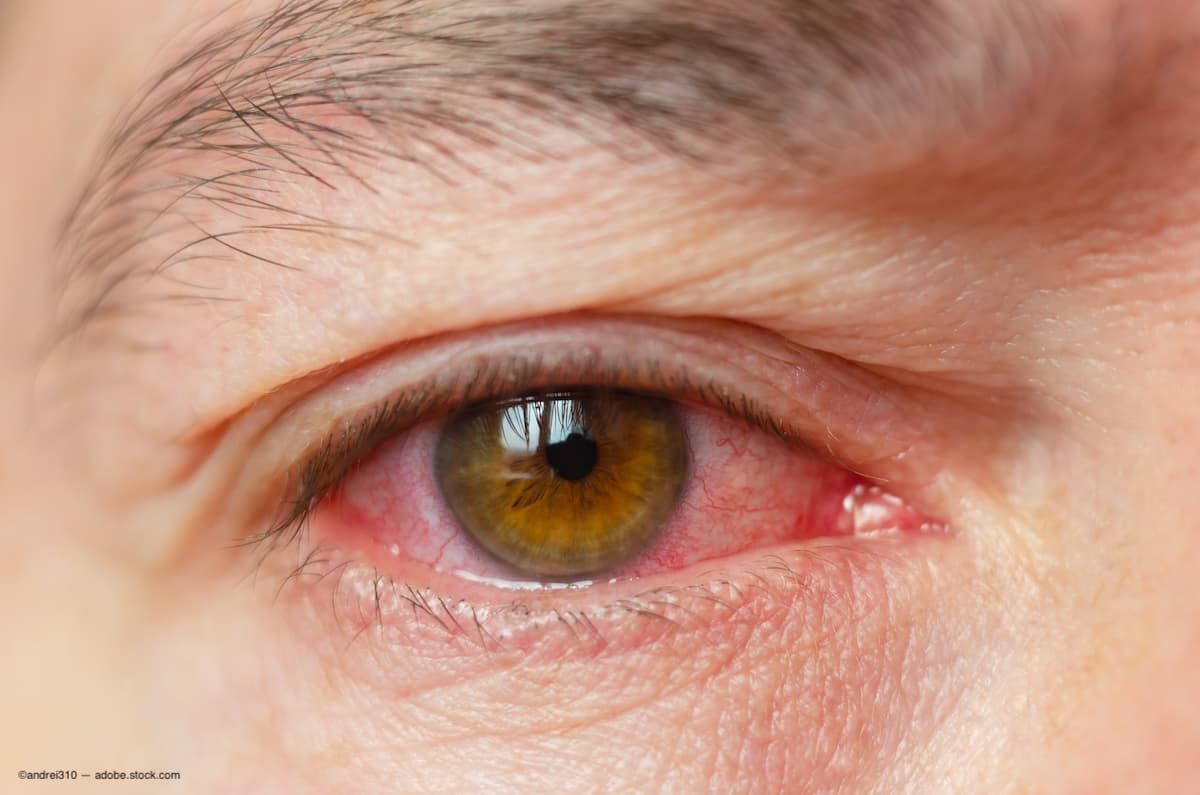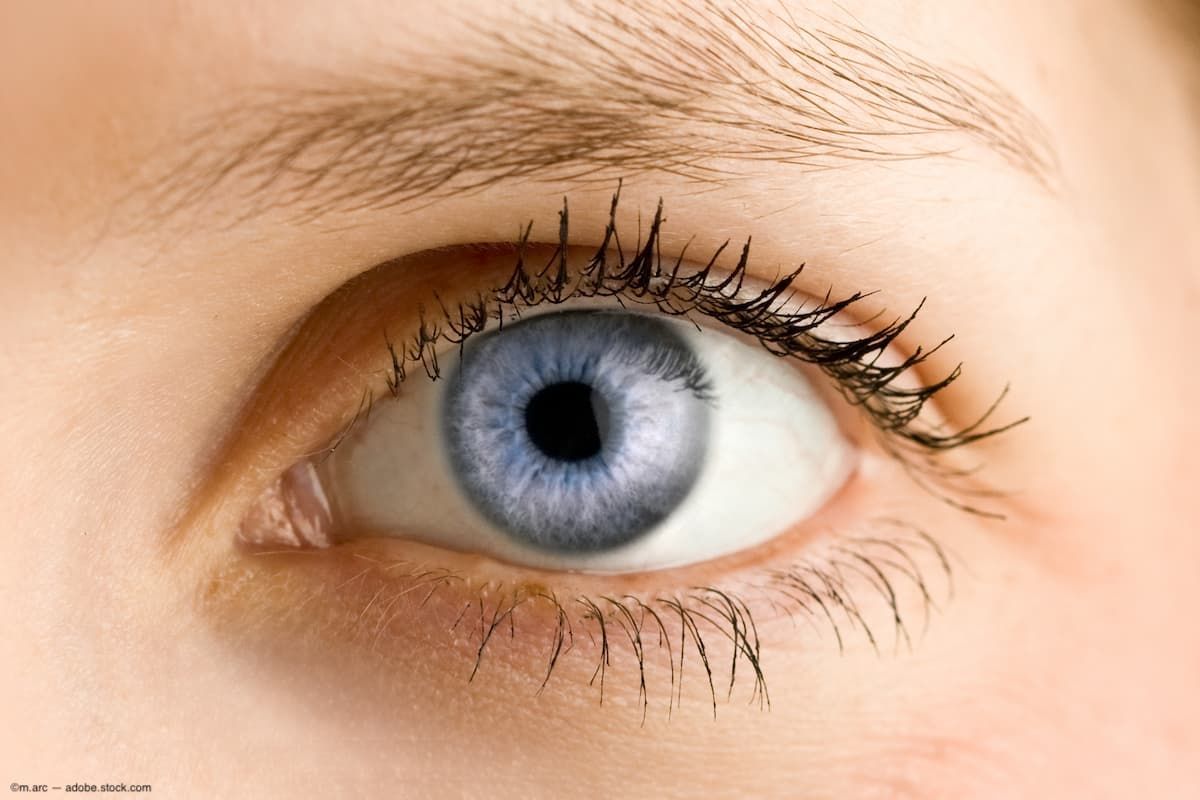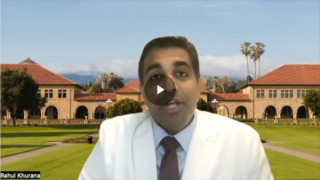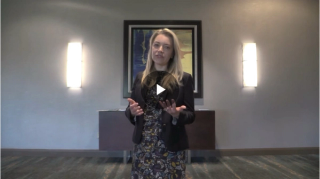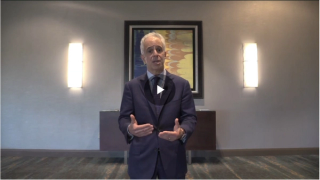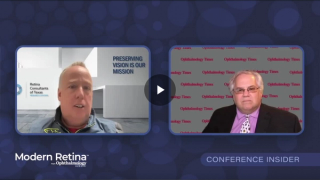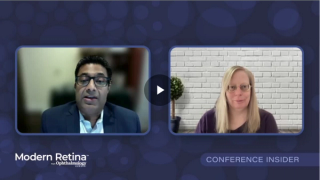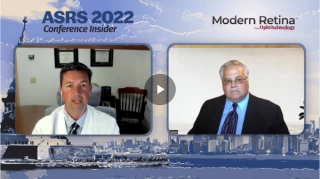
Wet AMD
Latest News
Latest Videos

CME Content
More News
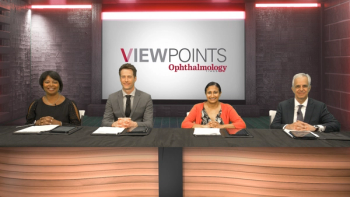
Adrienne Scott, MD; Carl Regillo, MD, FACS, FASRS; and Prethy Rao, MD, MPH, provide an overview of the effect of anti-VEGF treatment in neovascular age-related macular degeneration and diabetic macular edema.

Researchers compile data from around 18,000 patients to provide a comprehensive understanding of the current state of nAMD treatment in the UK.
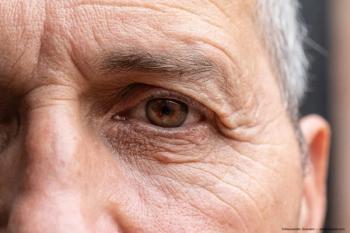
VLTR-557, Valitor's long-acting anti-VEGF biologic in development for durable wet age-related macular degeneration (AMD) treatment, showed that a single intravitreal (ITV) injection has potential to maintain clinical efficacy for more than six months.
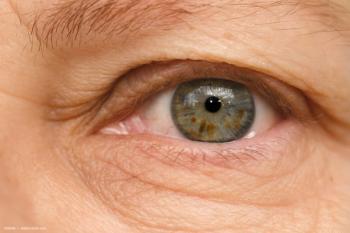
Adverum Biotechnologies Inc. shared nonclinical data at ARVO 2023 in New Orleans that staggered, bilateral administration of Ixo-vec in NHPs was well tolerated with encouraging therapeutic activity and no signals of increased inflammation.
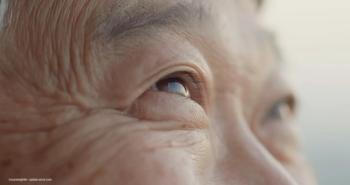
The results indicated that SB15 had similar efficacy, safety, immunogenicity, and pharmacokinetics compared to aflibercept out to week 56 of the phase III trial.

Clearside Biomedical plans to open enrollment for their Phase 2b clinical trial of CLS-AX this quarter. Topline results are expected by the Q3 of 2024.
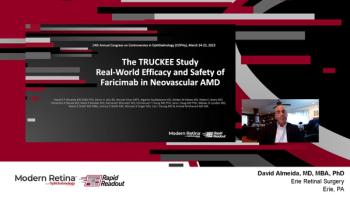
Dr David Almeida shares two cases of neovascular AMD from his practice, one treatment-naïve and one previously treated, and presents his findings after switching them to faricimab.

David Almeida, MD, MBA, PhD, reviews the objectives and design of the TRUCKEE study, and discusses the visual and anatomic outcomes after one and three injections of faricimab in neovascular AMD.

According to the company, UBX1325 monotherapy did not achieve non-inferiority through 24 weeks due, in part, to an unexpected 3.5 letter gain in the anti-VEGF control arm.

Retina specialists help educate the public to take steps to protect their vision during AMD Awareness Month.
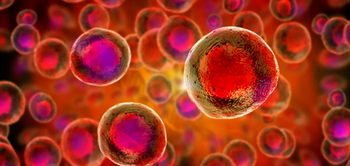
According to a research team from the National Eye Institute, part of the National Institutes of Health, the technique provides model for studying genesis of age-related macular degeneration and other eye diseases.

As we approach the end of 2022, members of the Ophthalmology Times Europe® Editorial Advisory Board were asked to predict developments in their ophthalmic specialties and interests. A focus is our ageing population, while efficiency and productivity are also on their minds. The board members agree that one of the major challenges in the year to come will be the large number of patients awaiting diagnosis and treatment, which is only going to increase with the rising average life expectancy worldwide.
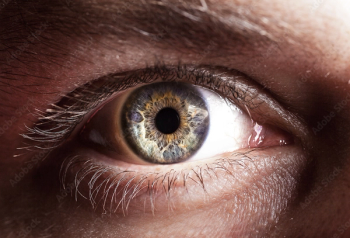
According to a team of German investigators, visual cells in the human retina may not simply die in some diseases, but are mechanically transported out of the retina beforehand.
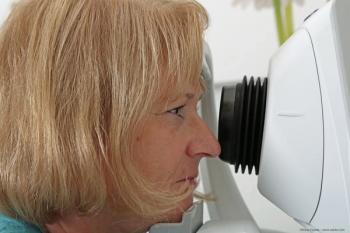
David Eichenbaum, MD, FASRS, shared difficult cases of diabetic macular edema (DME) and age-related macular degeneration (AMD) and insights into patient care.

OPT-302 in combination with standard-of-care anti-VEGF-A agents shown to improve visual acuity, anatomic endpoints.

An end-of-week review of retina news and stories from October 29-November 3, 2022.
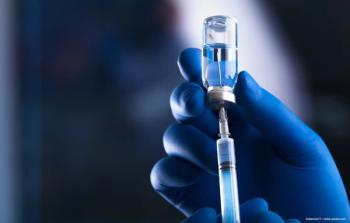
The company noted that testing of a commercial supply of the implants, which included exposing them to multiple punctures with a needle, found they did not meet their standards. The company has notified the FDA, and is working with the agency on the recall process.

According to data released at the American Academy of Ophthalmology's 2022 annual meeting, a large number of wet AMD patients do not return for treatment.

Investigators reported that intravitreal steroid injections were the bases for more cases of endophthalmitis compared with other intravitreal injections.
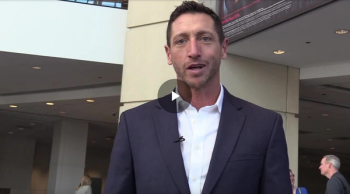
Tom Ruggia, President and CEO of Samsara Vision, provides updates on the lead asset for late-state age-related macular degeneration: Smaller-incision, new generation, implantable miniature telescope (SING IMT).

A combination of posters, podium presentations, and instructional courses provided invaluable revelations to the ophthalmic community.

The authors noted that the proportion of patients losing fewer than 15 letters from the baseline BCVA score in the study eye was comparable between the ranibizumab and biosimilar treatment groups.
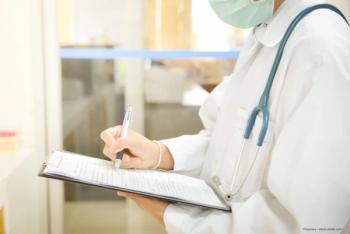
The clinical trial is examining the efficacy of two doses of UBX1325 compared to every other month treatment with aflibercept through 24 weeks.
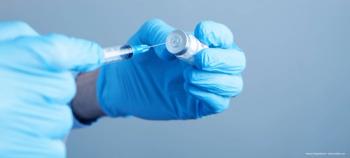
Roche’s treatment of faricimab is the first and only FDA-approved medicine targeting two distinct pathways, angiopoietin (Ang)-2 and vascular endothelial growth factor (VEGF)-A, that often cause retinal diseases that may cause visual loss.

Researchers found that the rate of visual decline increased significantly in patients with age-related macular degeneration during the COVID-19 lockdown who were followed over time.

